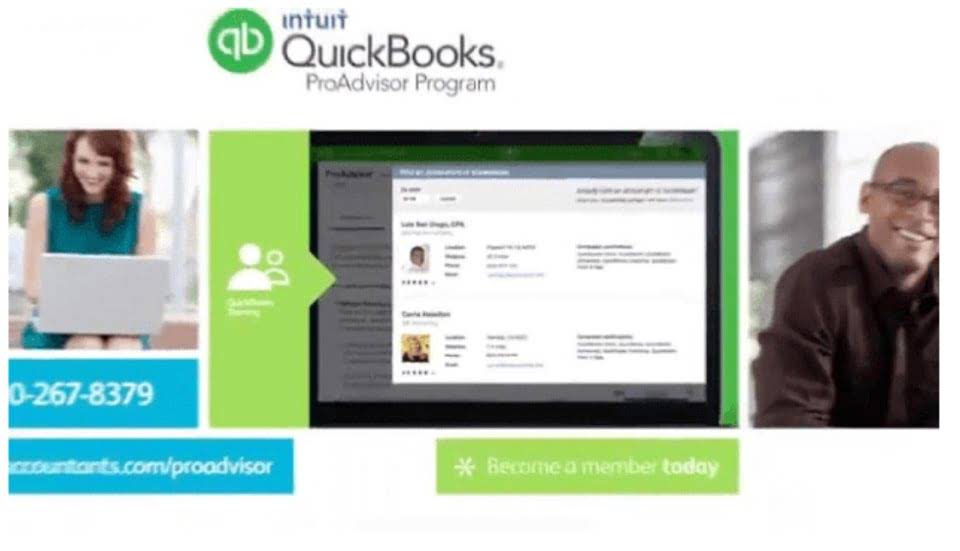What Is an Accounts Payable T-Account & How to Use One

With us, you’ll know your business so you can grow your business. Our seamless solution caters to your unique needs, providing the tools to still maintain proper and compliant books. Whether you operate as a sole proprietorship, partnership, LLC, or corporation, Bench has you covered. An accountant would say that we are crediting the bank account $600 and debiting the furniture account $600. Learn how to build, read, and use financial statements for your business so you can make more informed decisions. Not sure where to start or which accounting service fits your needs?
- In today’s dynamic business environment, stakeholders demand comprehensive insights to drive strategic decisions and optimize performance.
- Learn more comprehensive about debits and credits, financial accounting, excel fundamentals, business tax prep & plan, CPA tax prep, and how to start and grow your business right.
- This means that equity accounts are increased by credits and decreased by debits.
- The T-account instructs bookkeepers on how to pass the data into a ledger to achieve an adjusted balance, which ensures that expenses equal revenues.
Debits and Credits Example: Loan Repayment
- In practice, accountants use ledgers for final records, while T-accounts are often used for teaching and troubleshooting errors.
- Think of it like a seesaw – debits go down (they increase the account balance), and credits go up (they decrease it).
- Liabilities also include amounts received in advance for a future sale or for a future service to be performed.
- Equity is zero because for every dollar of assets we have, we have a dollar of liability.
- In double-entry bookkeeping, income statement accounts are used to record revenues and expenses.
- You’re a budding entrepreneur who just launched your dog walking service.
This transparency is essential for external stakeholders such as investors, creditors, and regulatory bodies to assess the financial health and performance of a company. Let’s consider a simple example where Barnes & Noble Inc. sells $20,000 worth of books. This double-entry system shows that Barnes & Noble now has an increased cash balance of $20,000 while its inventory balance has decreased by the same amount.
Assets: What Your Business Owns (Think Cash, Equipment, Buildings)
When we make a payment on the loan, the Liability is decreasing. We took out a loan to pay for the remainder of the purchase price of the delivery van. The Liability is increasing (we owe more now than we did before we bought the van.) To increase a Liability we Credit it. We use four basic Financial Statements to show different parts of the overall picture of the business’s health. Those Financial Statements are Income Statement, Statement of Owner’s Equity, Balance Sheet, and Statement of Cash Flows.
Journal Entries
This T format graphically depicts the debits on the left side of the T and the credits on the right side. This system allows accountants and bookkeepers to easily track account balances and spot errors in journal entries. Sal goes into his accounting software and records a journal entry to debit his Cash account (an asset account) of $1,000. Today, most bookkeepers and business owners use accounting software to record debits and credits. However, back when people kept their accounting records in paper ledgers, they would write out transactions, always placing debits on the left and credits on the right.

Why Debits and Credits Are Your Accounting Superpowers
This simplifies the process of gathering and recording tax-relevant information. You’re a budding entrepreneur who just launched your dog walking service. You can use a T-account for “Pet Sitting Fees” to record your income from each walk. This helps you understand your revenue stream and make informed decisions about your business. T-accounts may fall short in scenarios requiring historical analysis or trend identification, such as identifying seasonality patterns or tracking t accounts debit and credit changes in asset valuations. Without a historical perspective, businesses may struggle to identify emerging trends, assess long-term performance, or comply with audit requirements effectively.

In the next sections, we will explore how this works in detail, focusing on assets and their corresponding liability and shareholders’ equity accounts. We will also Remote Bookkeeping discuss recording transactions for income statement accounts using a T-account format. T-accounts can also be used to record changes to income statement accounts, such as revenues and expenses. For revenue accounts, debit entries decrease the account, while credit entries increase it.
As long as you ensure your debits and credits are equal, your books will be in balance. Debits and credits are used in a company’s bookkeeping in order for its books to balance. Debits increase asset or expense accounts and decrease liability, revenue or equity accounts. When recording a transaction, every debit entry must have a corresponding credit entry for the same dollar amount, or vice-versa. The importance of T-accounts in recording income statement accounts is evident when adjusting entries are required at the end of an accounting period. The T-accounts help accountants determine the appropriate adjusting entry for each account and maintain accuracy in financial reporting.


T-accounts pointing away from the middle are increasing the account (marked blue). Big advantage of this method is that it leaves no room for an error, as soon as you learn it, you will https://www.bookstime.com/ be able to get it right all the time. This method helped hundreds of thousands of accountants and bookkeepers all around the world. We are talking about the so called professionals of our industry. And this isn’t even considering business owners who run their own books without any formal training.
How do T accounts help in preparing financial statements?
Debit items are always recorded on the left side, while credit items are documented on the right side of the T-account. So, every time a liability increases, we credit that line item, and when it decreases, we debit it. When you’re running your own business, you probably don’t have a ton of spare time to journalize transactions and write down T accounts into the ledger by hand. Because cash is an asset account, the Cash account will be debited for $20,000. After assessing what debit and credit entry applies to each specific account, T accounts can be created.













